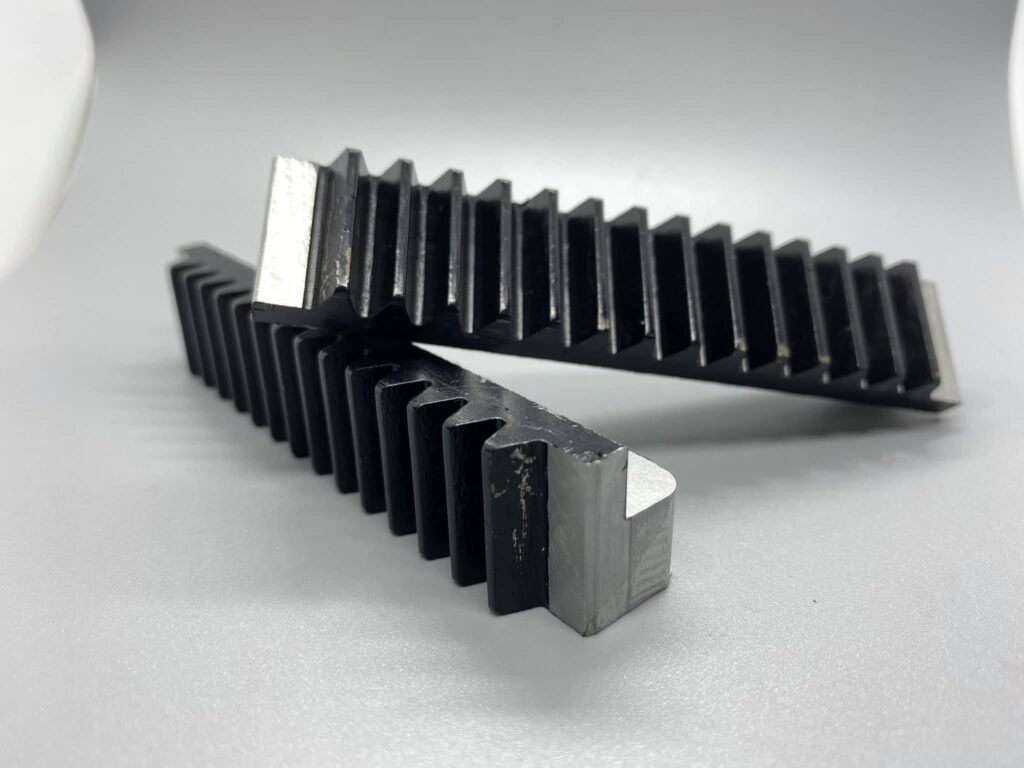
Electro-erosion machining or electro-hollowing is a method of metalworking based mainly on the exploitation of electrical erosion, accompanying electrical discharges. It is mainly used in machining specialized machine parts and other hard-to-see materials, because it allows to obtain complex shapes, difficult or impossible to perform by machining (e.g. internal sharp corners and / or thread in hardened material or carbide), there are also no cutting forces affecting the workpiece (although it affects the outer layer, which hinders further processes such as polishing). Electroerosion machining includes electro-sparking, anodic-mechanical and electrocontact machining. Processing is carried out on drills, saws or anode-mechanical grinders, etc. It is used for machining cemented carbides and shaping and regenerating tools for plastic processing, e.g. forging dies, injection molds. Electro-erosion machining is used primarily for machining hard-to-see materials (cemented carbides, tool steels, polycrystalline diamond) and due to the shape. This treatment is used to perform such elements as:
– stamps,
– matrices,
– injection molds,
– metal details,
– foundry molds,
– in nuclear power engineering for the treatment of fuel rods,
– in aviation for machining turbine blades and compressors.